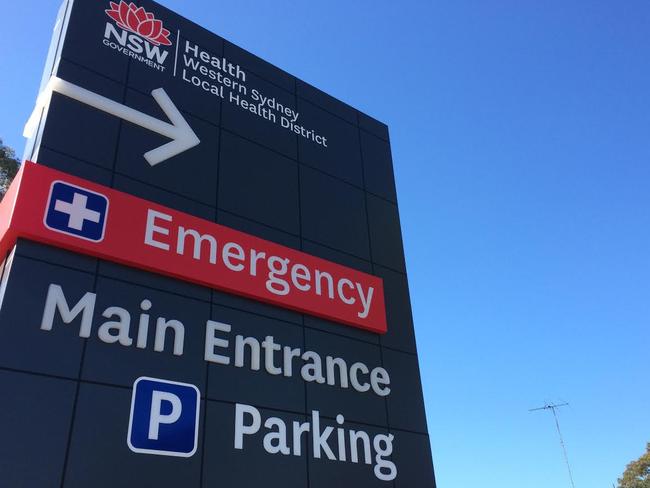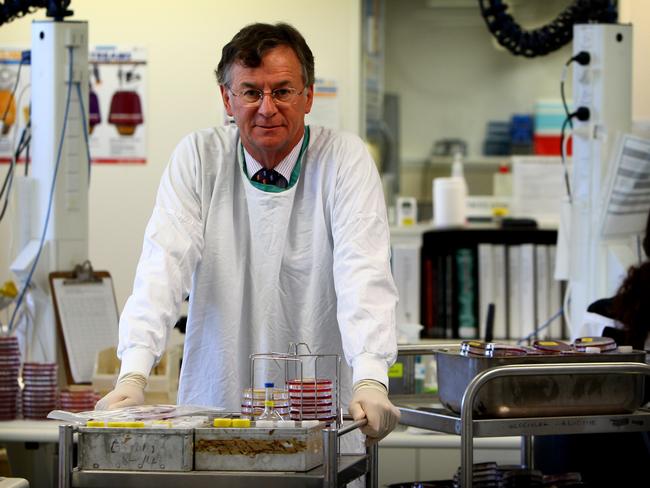Blacktown Hospital confirms two people admitted with flesh eating disease
TWO people in Western Sydney were struck down by an extremely rare “flesh-eating” infection after they caught the deadly bacteria in Polynesia.
Blacktown
Don't miss out on the headlines from Blacktown. Followed categories will be added to My News.
A MAN and woman in Western Sydney have been struck down by an extremely rare “flesh-eating” infection that has savaged their lower bodies after they caught the deadly bacteria in Polynesia.
The 57-year-old man and 46-year-old woman, both from Mt Druitt, have been admitted to Blacktown Hospital with the life-threatening condition known as necrotising fasciitis, which in some cases can only be treated with drastic surgery to cut out swathes of dead, infected skin and muscle.
As many as one in five people who contract the infection die.
The man has suffered the worst, with reports it has attacked the flesh along his lower back down to his feet, while the woman was affected from the knees down.
Both patients were last night in a stable condition.
A hospital spokeswoman said the man and woman are not related to each other despite both having picked up the infection in Polynesia, which encompasses 1000 islands including Samoa, Tonga and New Zealand.

Australian Medical Association NSW board member and dermatologist Dr Saxon Smith said the infection attacks layers of fat and muscle and rapidly spreads after the bacteria gets under the skin through a minor cut or even an insect bite. “It can spread really quickly and it can cause a gas formation under the skin that you can see on X-ray,” Dr Smith said.
“It makes the skin feel and look bubbly.”
Several different types of bacteria can cause the infection, including one picked up from coral.
“That may be how these cases happened, being in Polynesia. It’s contaminated saltwater containing this bacteria that can be found in oyster shells and things like that,” Dr Smith said.
“It’s a dramatic and scary thing but these cases aren’t a risk to anybody else.”
The infection also puts heavy strain on organs, and can lead to organ failure and even death.
The hospital spokeswoman said the deadly infection posed no public health risk and said the community had no reason to be alarmed.
Australian National University infectious disease expert Professor Peter Collignon said the infection’s mortality rate is as high as 20 per cent.
“It’s a common bug a lot of us have it in our throat and on our skin, and it’s much more common in socially disadvantaged regions of Australia and overseas, so I don’t have trouble believing they picked it up in Polynesia,” Prof Collignon said.
“You may have 1000 people exposed to the bug and only one gets this severe illness.”



